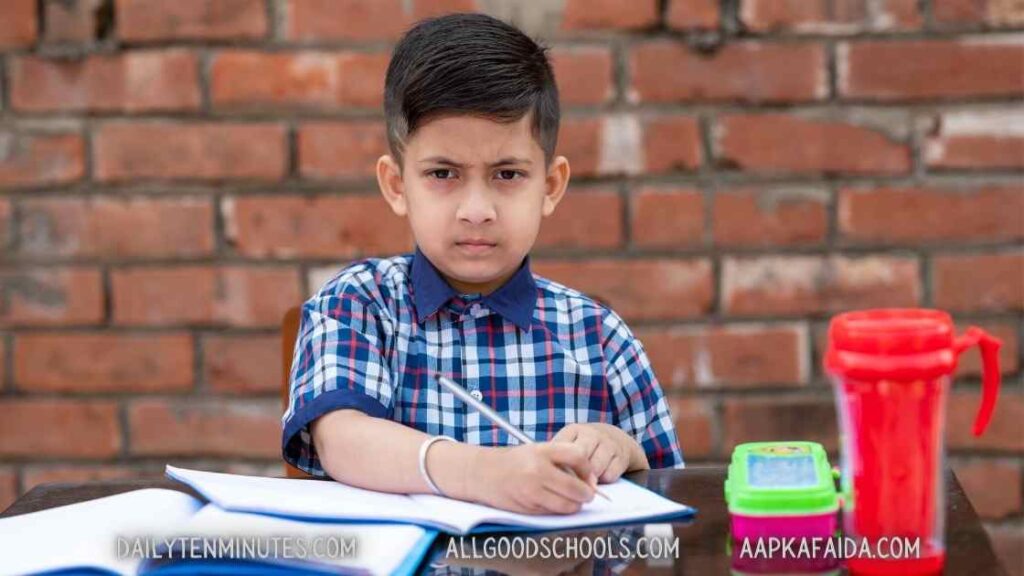This article covers 12 important aspects to ensure maximum literacy rate in poor countries of Asia and Africa in particular. The actions are required to be taken by respective ministries, local bodies, private investors, philanthropic organizations to enhance the literacy rates.
Table of Contents
1- Free Books and Uniform
Books and uniform should be sponsored. Government should encourage entrepreneurs, industrialists, philanthropists and rich citizens to come forward and contribute for this noble cause
2- Child Labor Control
Police and local law enforcement agencies should work together to make sure no kids are appointed on the job.
3- Exposure to Parents
Govt should work on providing exposure to the parents on why education is vital for their kids. The awareness campaigns may be planned via booklets, sending location based SMS, whatsApp massaging, internet, local TV channels and village specific seminars.
4- Sponsor a kid
Govt should work on the campaigns requesting rich people of the society to sponsor the education of one kid per year. 4 Effective Roles Of NGOs In Supporting Orphans | AllGoodSchools
5- Stipend Issuance
Kids having 90% class attendance should be given extra rewards.
6- Free School Fee
Up to primary class, education fee shouldn’t be charged.
7- Free Vocational Trainings
To attract the illiterate teenagers govt to consider providing free vocational trainings (carpenters, farming techniques, mechanics etc). This should be bundled with mandatory education.
8- Identify the need of New Schools
Govt should produce publicly available stats on which areas more schools are needed, how much funds are needed, how many kids will get benefit from the new school. This information will help attract local / international NGOs and rich individuals to provide funds for establishing more good schools.

9- Special Focus for Female Literacy
Govt should work on the techniques to provide awareness to parents to let their daughters study at all cost. As someone said, give me good mothers and i will give you good nation”
10- Prison Literacy
Ethical, moral and educational sessions should be scheduled to improve the prison literacy. Thousands and thousands of prisoners can become better citizens if they are provided the right amount of education.
11- Criteria of Literacy
Some of the countries have very poor literacy measurement criteria. For example, if a person can write his/her name, he is considered as literate. Countries should raise the bar of measurement and focus on to improve the quality of education as well as higher literacy rate.
12- Mandatory Schooling Years
A law must be passed that every individual must go attend at least 10 years of education. This must be linked with some citizen-specific benefits so that minimum education is ensured.
If you are curious to know the literacy rates across the world Check out this resource
What other ideas do you have on this important subject. Please enlighten us with your thoughts in comments section.
Achieving a 100% literacy rate in poor countries is not an overnight task — it requires visionary leadership, community involvement, consistent investment, and unwavering commitment. From government policies and NGO collaboration to technology-driven learning and grassroots mobilization, every step matters. Education is more than a basic right; it is the foundation for economic growth, social equality, and human dignity. By uniting efforts across sectors and prioritizing inclusive education, we can turn this ambitious goal into a powerful reality — one literate child, one empowered village, and one transformed nation at a time.
[





1 comment
[…] should prioritize the efforts of improving literacy rate. This may be achieved via free campaigns and advertisements on state owned TV channels, radio […]